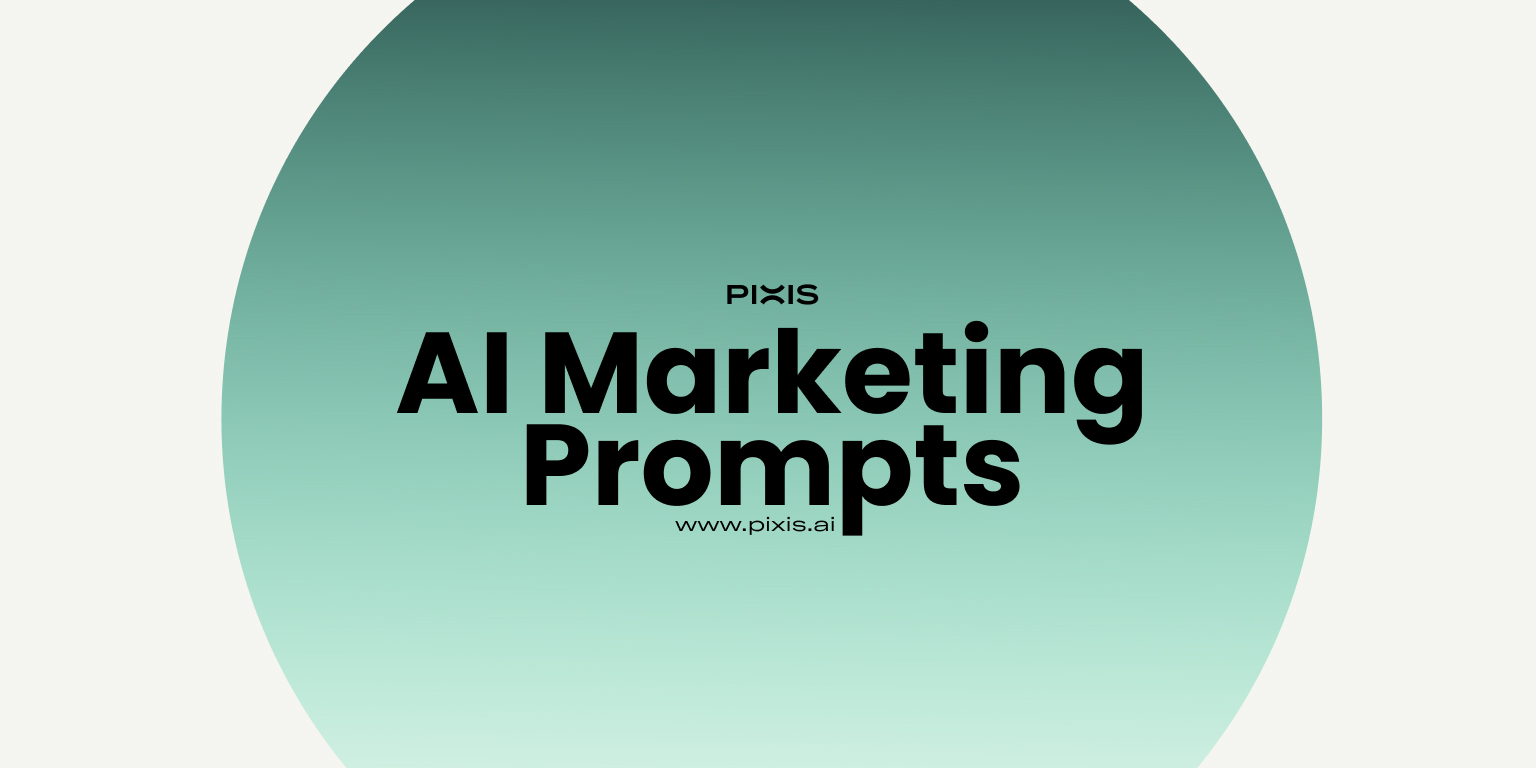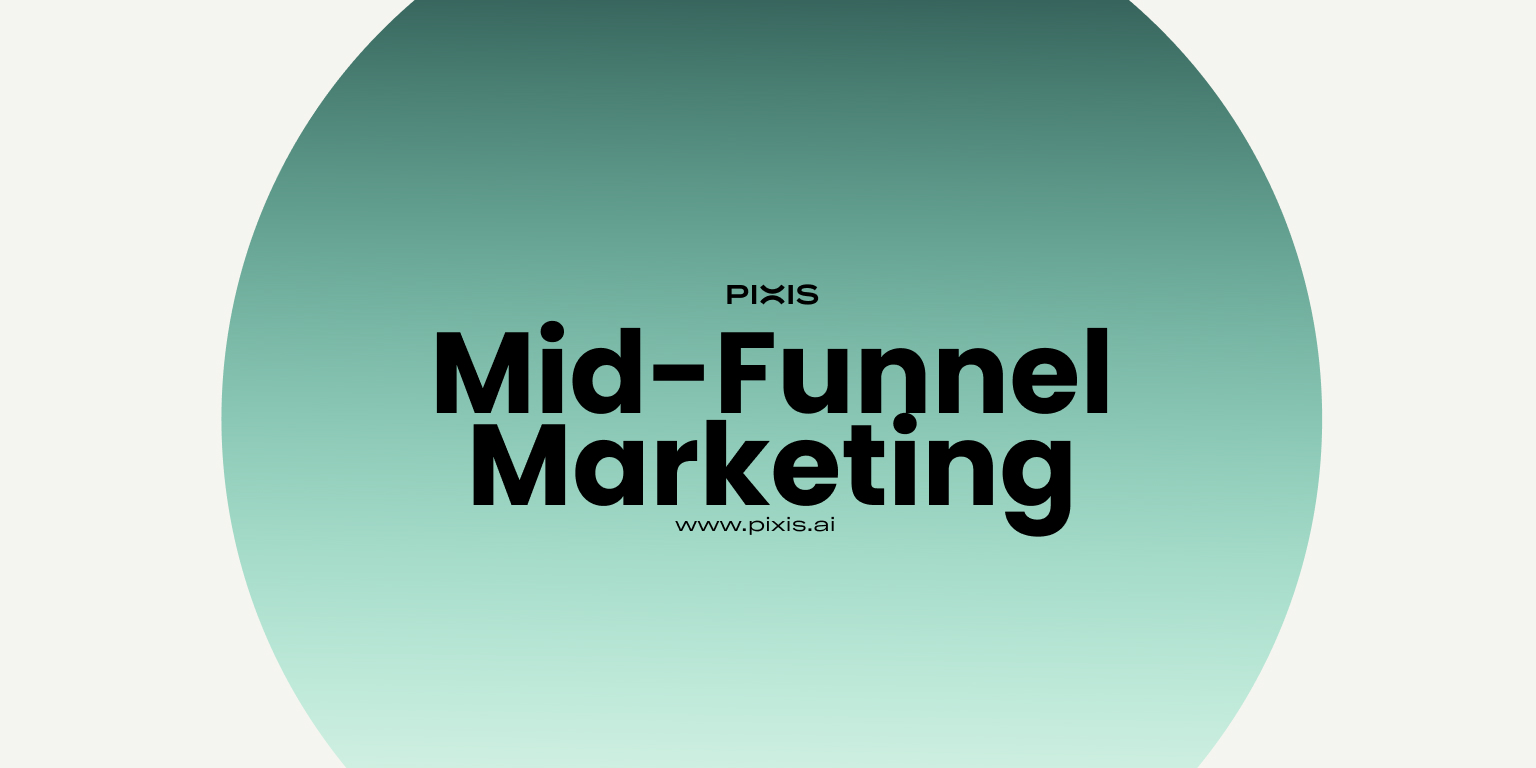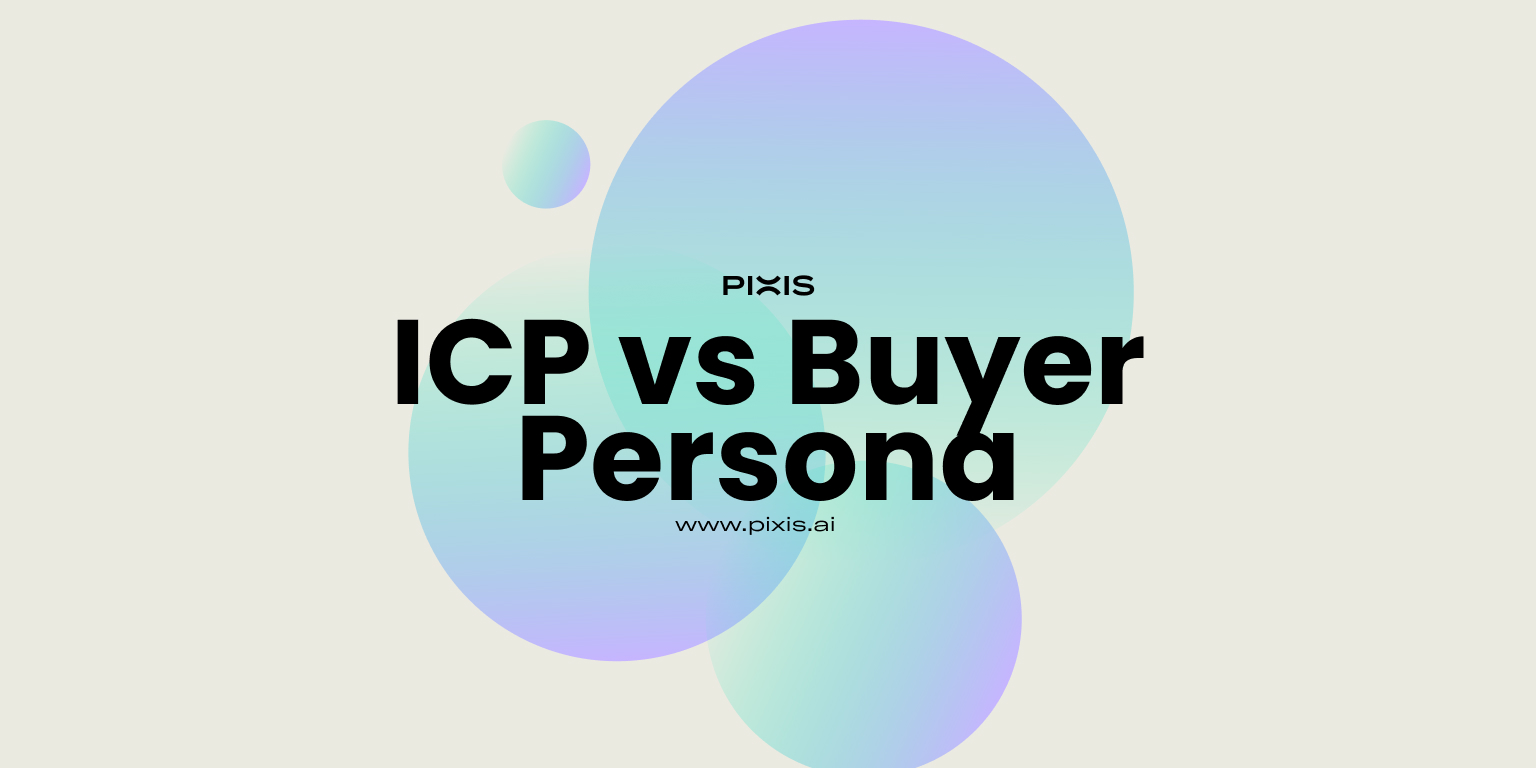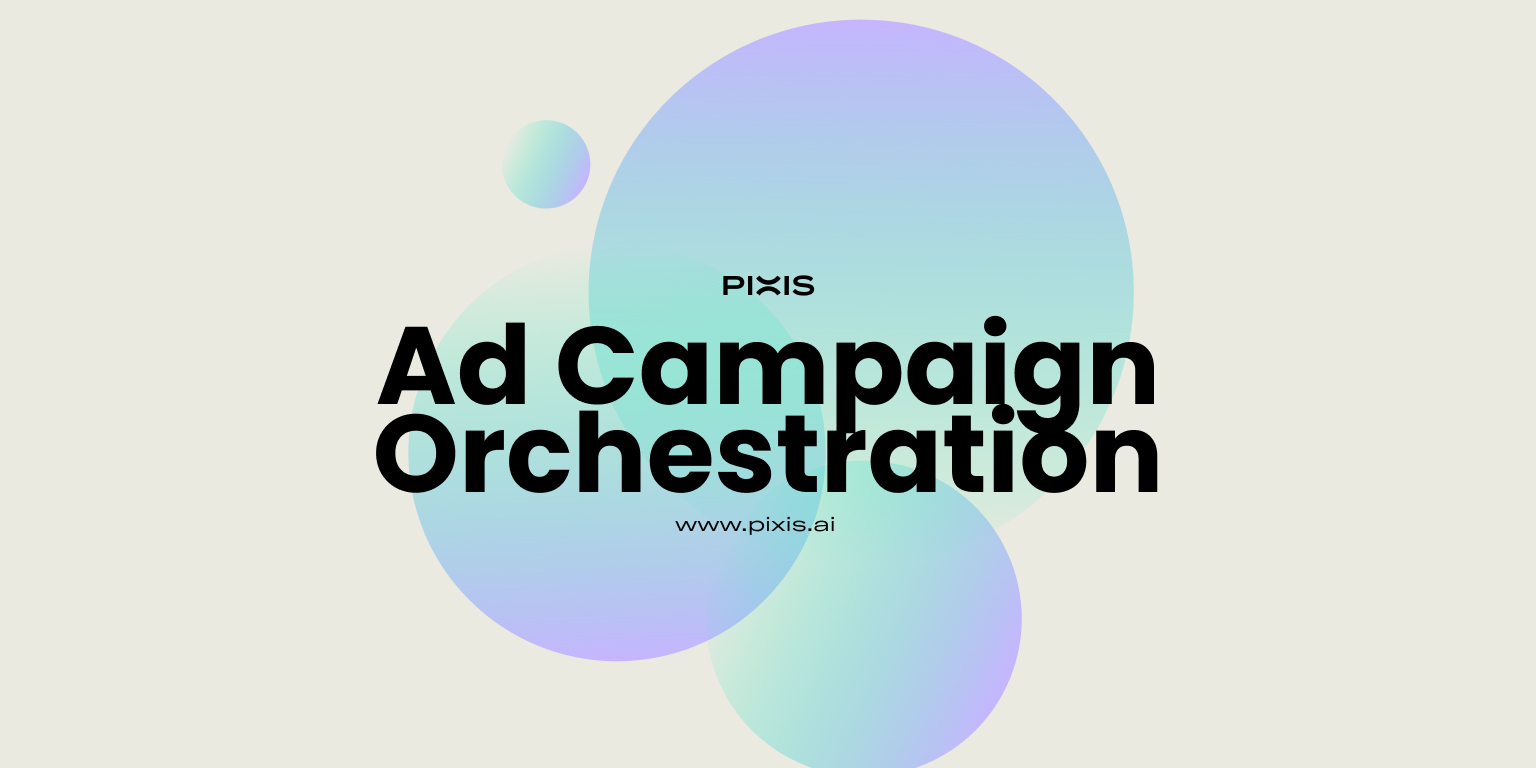5 Incidents That Haunted Performance Marketers (And How AI Could Have Saved Them!)
The line between a high ROAS yielding campaign and a cautionary tale can often be razor-thin for performance marketers. Even the smallest oversight can spiral into a significant setback. Here, we explore five such instances where things didn’t go as planned and examine how artificial intelligence (AI) could have helped save the day.
5 Incidents That Haunted Performance Marketers
1.The Mismanaged Campaign Timeline
Situation: A performance marketer scheduled a month-long campaign with a carefully allocated budget, but due to an error in inputting the campaign dates, the entire budget was exhausted in just two days. The campaign garnered high impressions initially but led to ad fatigue and missed out on the rest of the planned engagement for the month. The company was left with no budget to run further ads, drastically affecting their marketing momentum for the remaining period.
How AI Could Have Helped: AI could have detected the anomaly in the pacing of the ad spend in real-time, automatically adjusting the campaign to align with the original monthly timeline. Additionally, AI could have alerted the team to review the campaign setup before launching, ensuring that date-related errors were caught early.
2. The Forgotten Creative Switch
Situation: A marketing team launched a long-running ad campaign with plans to update the creatives halfway through, once there was more data to assess performance. However, due to a lack of adequate, real-time performance data along with a human oversight, no updates were made. There was no timely feedback or automation to alert them about the overdue change, leading the same creative to run for the entire campaign duration. This resulted in ad fatigue as audiences repeatedly saw the same ad, leading to diminishing performance. Engagement dropped, conversions decreased, and ad spend was wasted on ads that were no longer resonating with viewers.
How AI Could Have Helped: AI would have provided clarity for performance marketers through real-time creative data analysis to aid in pausing creatives that were underperforming, and scale creatives with high conversion potential. AI-powered tools could have also automated the creative rotation process, ensuring that new visuals and messaging were deployed at the right time, keeping the campaign fresh and effective.
3. The Overlooked Audience Segmentation
Situation: A major retailer launched a campaign aimed at driving holiday sales, but they mistakenly used broad audience targeting that included both high-value and low-value customer segments without differentiation. As a result, the campaign reached a large audience that was not likely to convert, leading to wasted ad spend and disappointing results. The lack of precise audience segmentation meant that high-value customers were not effectively engaged, while the low-value audience received irrelevant messaging.
How AI Could Have Helped: AI-powered audience segmentation tools could have analyzed customer data to identify and create distinct segments, ensuring that personalized messaging reached high-value customers more likely to convert. AI-driven insights could have helped optimize the budget allocation across segments, focusing more resources on those with higher purchasing potential. Furthermore, performance marketers utilizing predictive analytics could have adjusted the targeting strategy in real time based on performance, maximizing the return on ad spend.
4. The Overwhelming Promotional Frenzy
Situation: A retail company launched a promotion-heavy campaign during Black Friday, flooding their social media channels and paid ads with multiple discounts and offers. However, the campaign ended up overwhelming their audience with conflicting promotions, creating confusion rather than driving sales. Customers were unable to discern the best deal, resulting in low conversion rates and frustrated potential buyers. The excessive use of promotions diluted the brand’s value, ultimately leading to a significant dip in sales performance.
How AI Could Have Helped: AI-powered campaign optimization tools could have analyzed customer behavior to determine the optimal number of promotions and the best timing for each one. AI could also have provided insights into customer preferences, enabling the company to tailor promotions more effectively. Sentiment analysis could have monitored audience reactions in real time, allowing the team to make necessary adjustments before the campaign created widespread confusion.
5. The Approval Delay Dilemma
Situation: An agency crafted a set of dynamic creatives to jump on a trending moment for their client. Everything was ready to launch, but they still needed final approval from the client’s head of marketing. Unfortunately, that key decision-maker was on leave for a long weekend, leaving the campaign on hold. By the time the approval came through, the trend had faded, and the agency missed a prime opportunity to connect with audiences, losing potential reach and impact.
How AI Could Have Helped: AI could have set up different routes of approval, allowing other decision-makers to step in when the primary approver was unavailable. This would have ensured timely sign-offs and prevented delays. AI tools like Pixis AdRoom could have enabled the agency to quickly create and test different creatives using text prompts, presenting the client with multiple variations in real-time. By tracking trends and analyzing engagement patterns, AI could have also identified optimal times for launch, making it easier to prepare and automate approvals, ensuring no valuable time was lost on waiting.
Conclusion
These stories underscore a powerful truth: AI in marketing isn’t just about damage control—it’s about pioneering smarter, more responsive campaigns that captivate and engage. With AI’s knack for navigating the complexities of consumer behavior and campaign management, marketers can turn potential flops into marketing masterpieces. Happy Halloween, and here’s to crafting campaigns that are thrillingly effective and ghostly good at avoiding mishaps!
Keep up with everything related to AI-powered performance marketing by following Pixis on LinkedIn or try it for yourself by booking a demo today!




